Affiliate links on Android Authority may earn us a commission. Learn more.
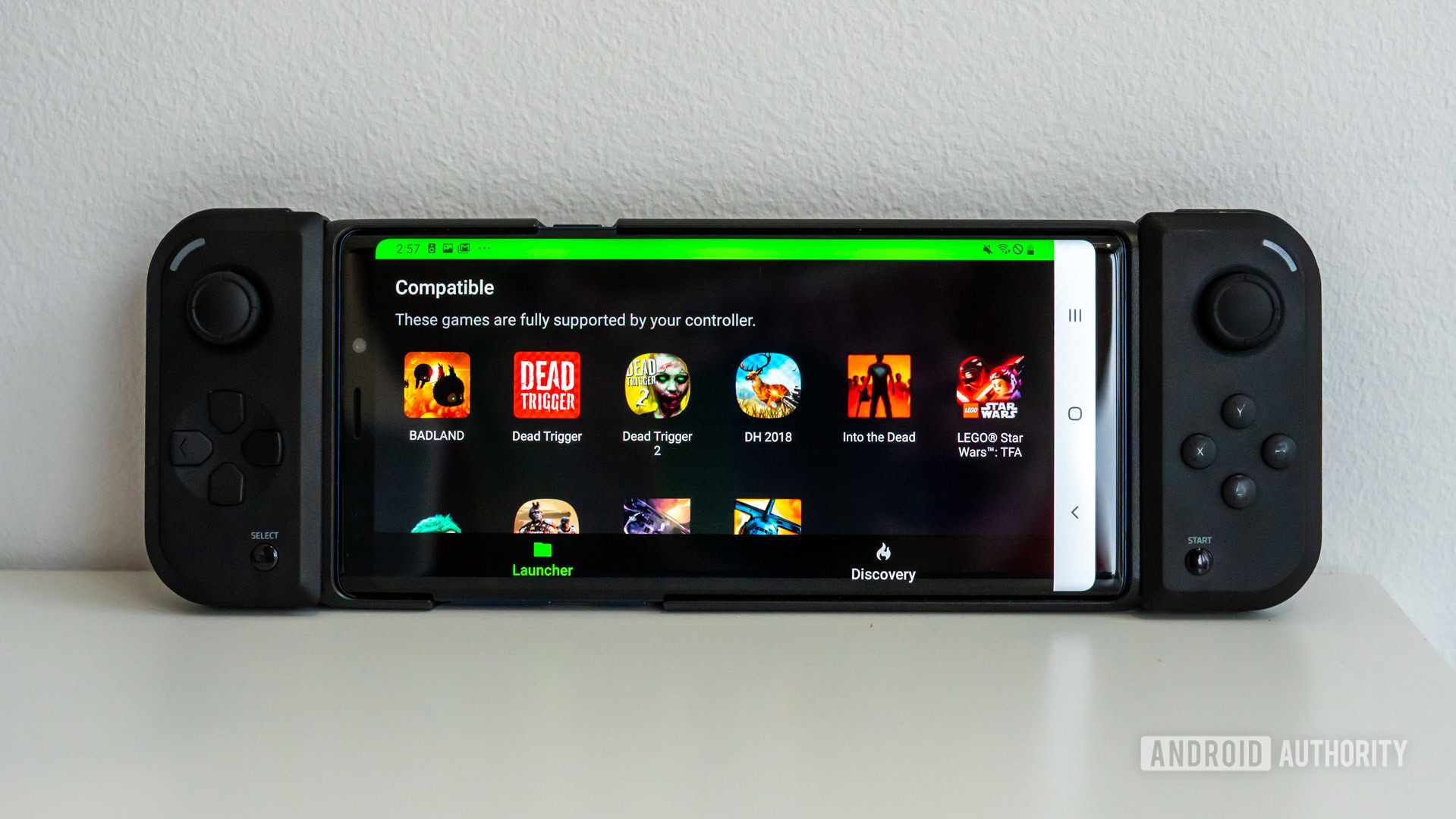
Razer Junglecat review: Nintendo Switch-like game controllers for Android
Published onOctober 28, 2021
Razer Junglecat
What we like
What we don't like
Razer Junglecat
The Nintendo Switch succeeded where so many other handheld gaming products have failed in recent years. But the Switch is a gaming-only device that not everyone will want to invest in. Everyone has a phone though, and that’s what Razer is hoping to capitalize on with the Junglecat game controller. Simply slide them onto your existing Android phone and voila, a makeshift Nintendo Switch with access to all your favorite Android games.
What is the Razer Junglecat?
The Razer Junglecat is a pretty simple gaming controller. It’s basically a Razer-built smaller version of Nintendo’s Joy-Con controllers. It’s primarily designed as an attachable controller for your mobile phone (using a compatible case). It can also be used as a standalone game controller for your phone, TV, or PC using the little plastic divider. Once paired with your phone, the Junglecat replaces on-screen controls, providing a more tactile and responsive gaming experience.
The Junglecat replaces on-screen controls, providing a more tactile and responsive gaming experience.
How does it work?
The Razer Junglecat comes with three compatible cases in the box. The included cases are slightly different depending on where you buy it. In the US, you’ll get a case for the Razer Phone 2, Samsung Galaxy S10 Plus and Samsung Galaxy Note 9. In Europe, you’ll get a case for the HUAWEI P30 Pro, Razer Phone 2 and Samsung Galaxy S10 Plus.
The Junglecat will still pair with other Android phones (but not iOS) running Nougat and above via Bluetooth LE. It’ll still work the same, you just won’t be able to attach it to your phone with a case. The case itself is matte black plastic and feels sturdy. It’s not what I’d call attractive with the thick controller rails on the top and bottom, but it could definitely be worse.
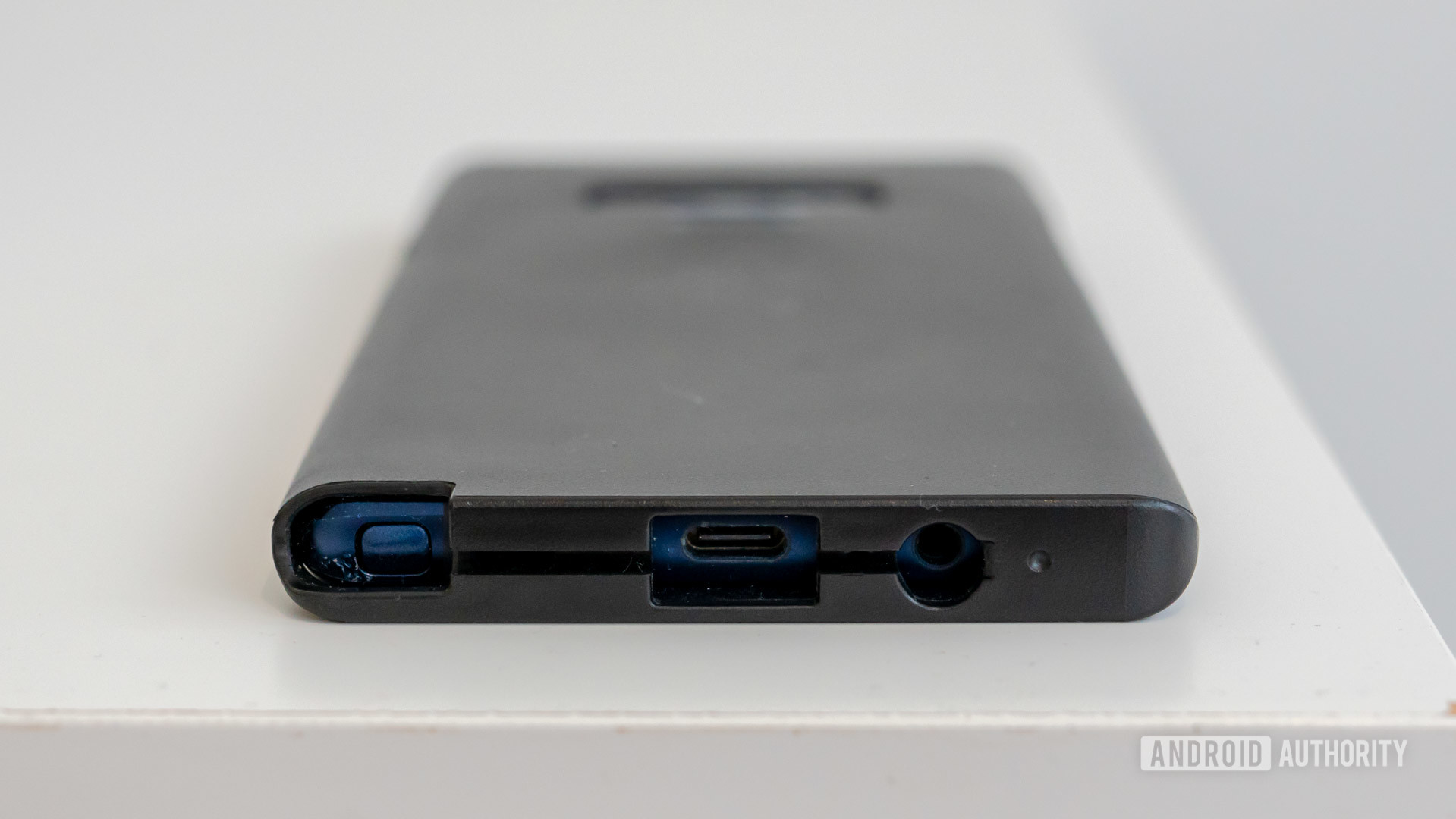
Unfortunately, not everyone owns one of the phones Razer provided cases for and you can’t buy optional cases for other phones. Given this, it’s bizarre Razer didn’t include a phone clip on the Junglecat’s mid-section to hold other phones in place. For many, this will be an understandable dealbreaker.
Once you’ve paired the controllers to your phone, you can set up custom button-layout profiles for different games via the Razer Gamepad app. The app can also be used for game discovery, solving one of the big hassles of Android game controllers: knowing which games are actually supported.
If your phone supports video output you can also use the Junglecat with a TV or monitor. The Junglecat is also compatible with Windows PCs over Bluetooth LE. The two controllers pair with one another over a 2.4GHz connection.
Who is the Junglecat for?
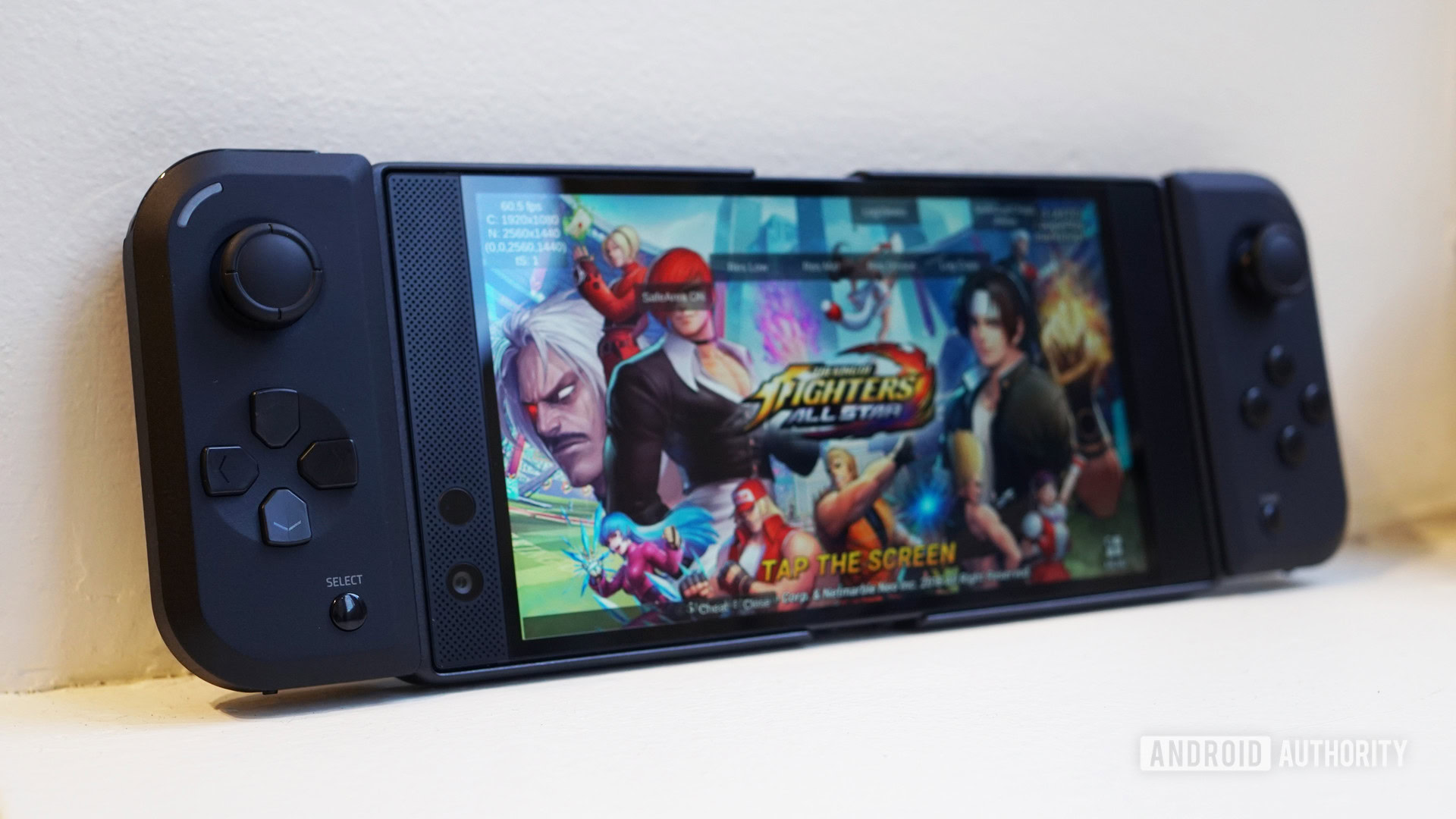
Razer is obviously targeting hardcore mobile gamers with the Junglecat, given the company’s heritage. When paired with the Razer Phone 2 or another high-end Android phone, you can expect an impressive gaming experience with the Junglecat.
With sub-14ms latency and a very stable Bluetooth connection, I was really surprised by just how native-feeling the Junglecat is to use. Your phone is more likely to be the weak link here rather than the Junglecat.
Your phone is more likely to be the weak link in gaming rather than the Junglecat.
But I also think the Junglecat is for folks that wouldn’t necessarily consider themselves avid gamers but still play regularly. I’m far from a hardcore gamer, yet, regardless of whether I was playing something casually on a train or something more intensive at home, I tended to attach the Junglecat because it’s just plain better than not using it.
I don’t own a Switch and probably wouldn’t invest in a gaming-only device. The Junglecat gets me a similar experience without as much outlay. I already own a bunch of Android games and the Junglecat made me want to play them even more. Being able to fully customize my button layouts and joystick sensitivity was particularly useful.
Don’t miss: 15 best Android games with gamepad support
Is the Razer Junglecat any good?
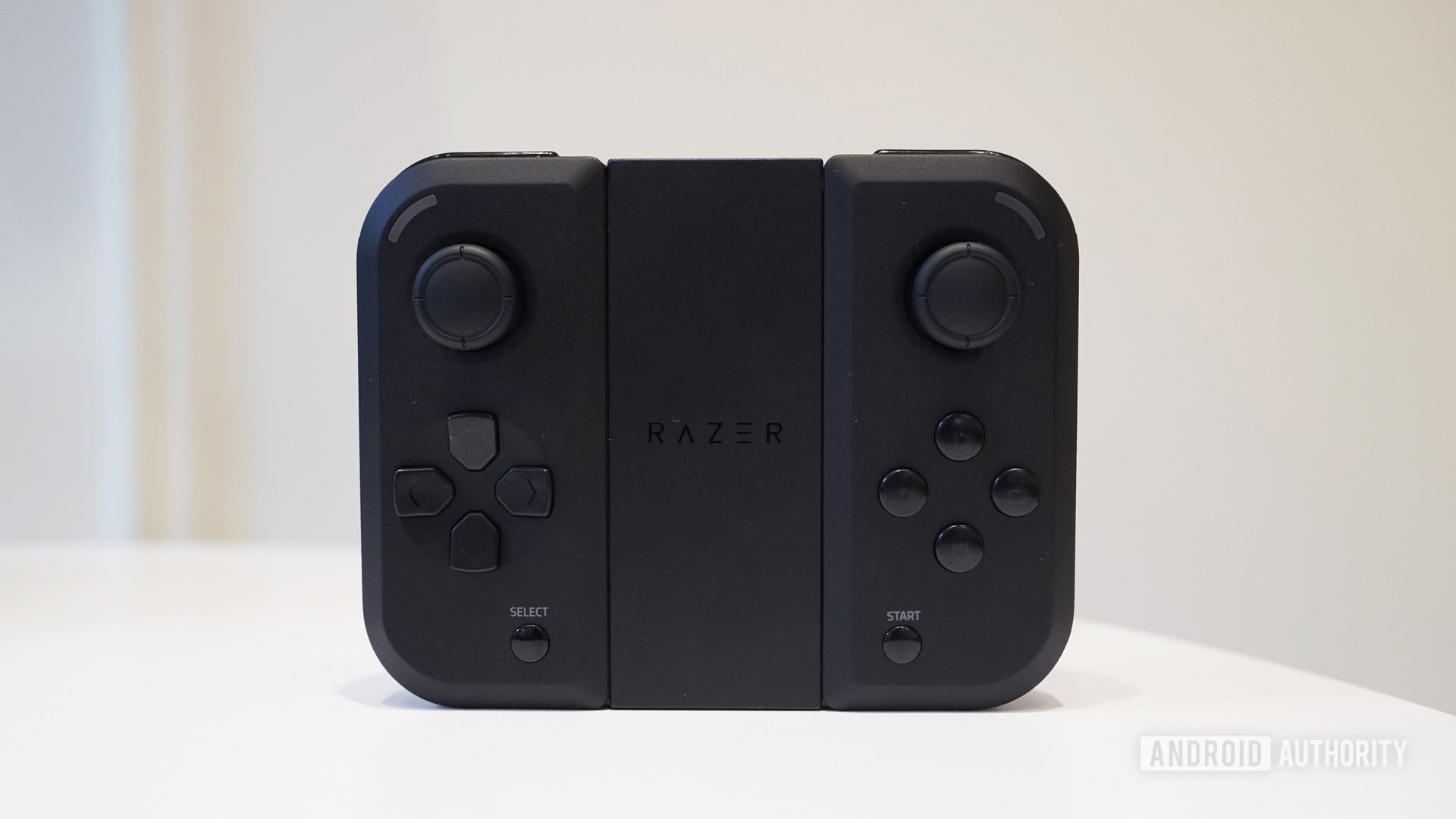
Yes, it is. For $99 it seems a bit overpriced to me, but if that doesn’t put you off, it’s a very decent option. Anyone into Android gaming that doesn’t already have a game controller or who has been looking for a more Switch-like controller should at least check it out.
The Junglecat is great but it feels a bit overpriced to me.
The Junglecat is great if you’ve traditionally disliked the on-screen controls systems of most mobile games. There are definitely cheaper options available, but many are not as high quality as Razer’s effort here. If you still prefer the feel of a regular controller, check out our list of the best game controllers for Android.
Customization is also a solid addition, with custom profiles available for all your games. Being able to customize button layouts for each game in your library is great. Note that you can only switch button functions though, not map buttons to other on-screen controls.
The joystick sensitivity modification is great, with pretty granular control. I didn’t notice any issues with joystick dead-zones and the clickable joysticks can be used as L3/R3 buttons.
There’s a slight “rattle” to the fit of the controllers on the case, but it’s comparable to the Switch’s Joy-Cons. Thumb rolls on the d-pad are responsive and comfortable, as the buttons are less pronounced and sharp than on my other controllers. Despite how small the Junglecat is I didn’t find the layout to feel cramped.
Responsiveness was fantastic, and I have to admit I did not have great expectations at the outset. At no point did I notice any lag in inputs from the Junglecat. It was actually far more responsive and reliable than on-screen controls.
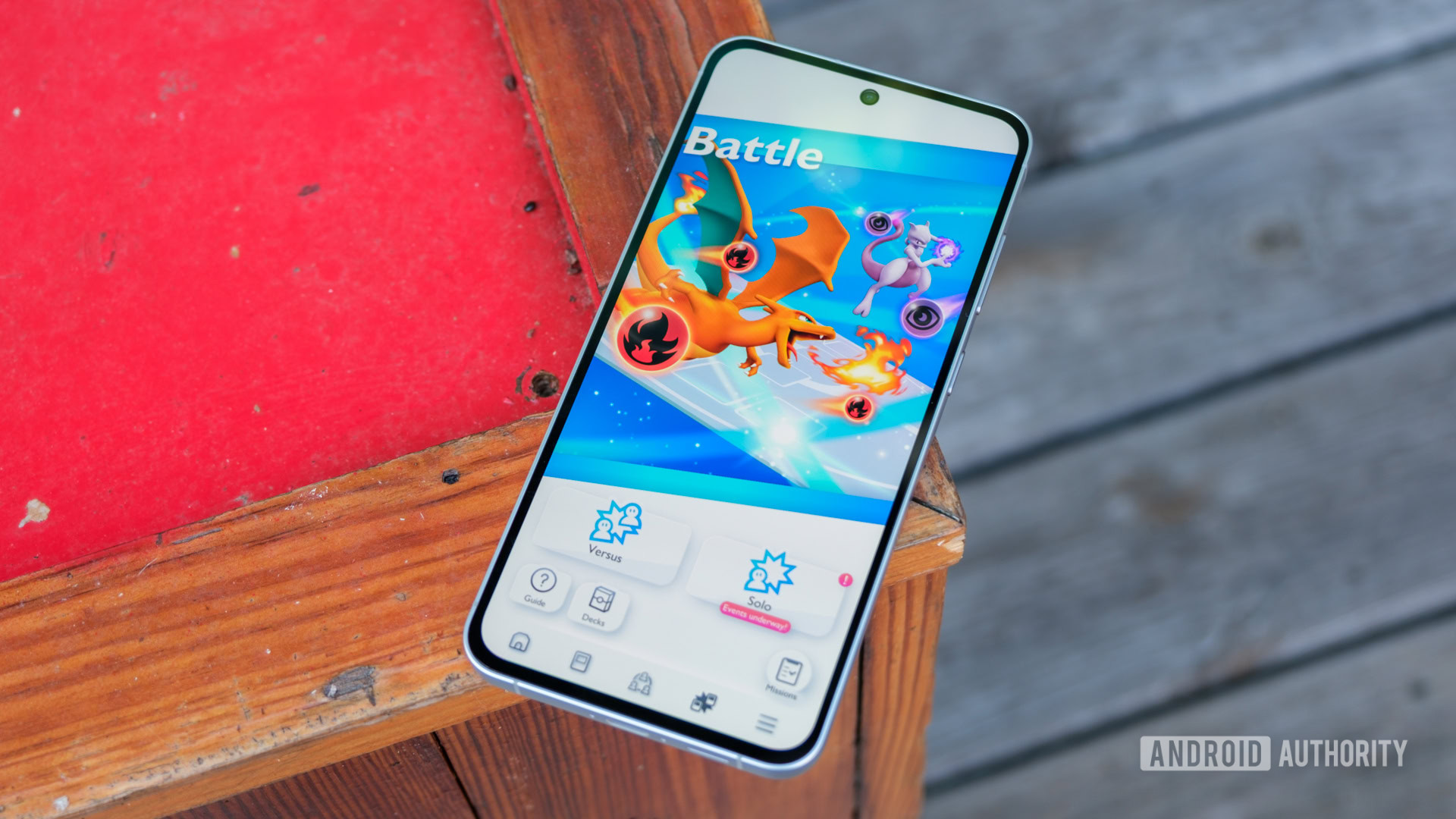

Is it better than a regular game controller?
I wouldn’t say it’s better necessarily, just different, with different benefits. I already own a SteelSeries Stratus XL and I actually find the Junglecat to be a nice complement to it. While you might think it’d be an either-or situation, I really like having two styles of game controllers to choose from.
For me, the Stratus XL is more comfortable for extended gaming. But it’s also much bulkier and far heavier than the Junglecat (288g vs 106g) in terms of portability.
I like the Junglecat for shorter gaming sessions while I prefer a standard Android controller for longer ones.
Battery life is also a factor: the Junglecat gets 100+ hours via a built-in battery while the Stratus XL only gets 40+ hours via two AA batteries. For me, the Junglecat is my preferred commuting game controller while the Stratus is my go-to for extended couch sessions.
What’s battery life like?

Fantastic. Each controller lasts for over 100 hours of gameplay. To turn them on, flip the tiny switch on the bottom of each controller. The lights near the shoulder buttons will flash blue as they connect and then stay a steady green once connected. You only need to pair one controller with your phone as the other will be automatically connected.
The indicator lights near the bumper buttons will blink red when your battery is low. The Junglecat takes two and a half hours to charge. Charging is done via a USB-C port on the bottom of each controller (you have to plug both in). I have to confess, in the two weeks of gaming on the Junglecat I’ve done, I’ve not killed the battery.
The verdict: Should you buy the Junglecat?
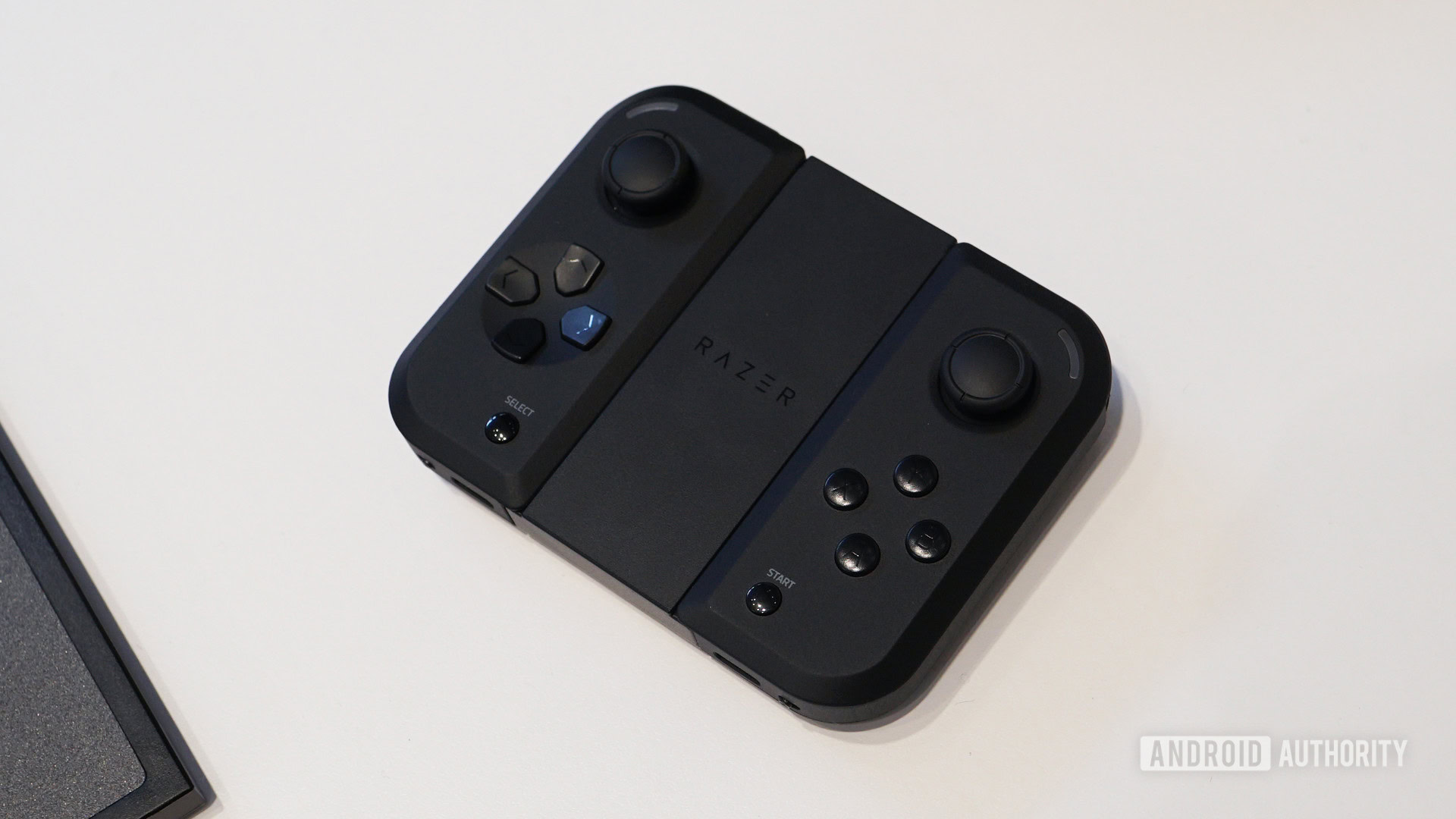
If $99 isn’t too rich for your blood and you own one of the phones the Junglecat has a case for, then sure — especially if you’re an avid to semi-avid mobile gamer and don’t like on-screen controls.
Razer is crazy not to sell other phone cases separately, even if the Junglecat itself is great.
If you’re at all price-conscious or don’t own one of the three case-able phones, I think you can do better. As a Note 9 owner, I think the Junglecat is great. But Razer hasn’t done itself any favors by not selling other phone cases separately. The Razer Raiju is a slightly more functional but less portable alternative for $149.
There are, of course, cheaper options out there. These include the $79 Nintendo Joy-Con controllers which also work on Android and PC. But Razer has taken an Android-first approach here I prefer. Razer, of course, also has good attention to detail for mobile gamers. Overall, I’d still recommend the Junglecat for its quality, performance, and reliability. It’s just a shame Razer has kept the price high while keeping the number of supported phones so low.